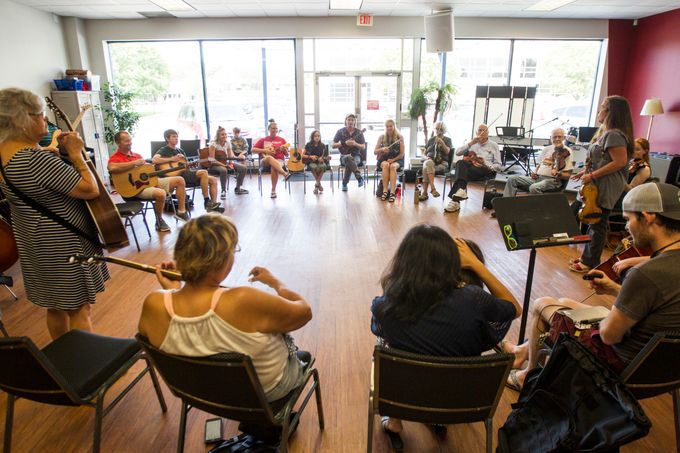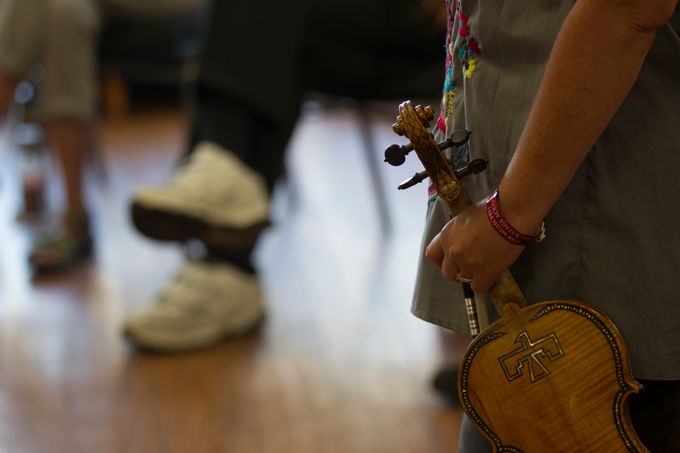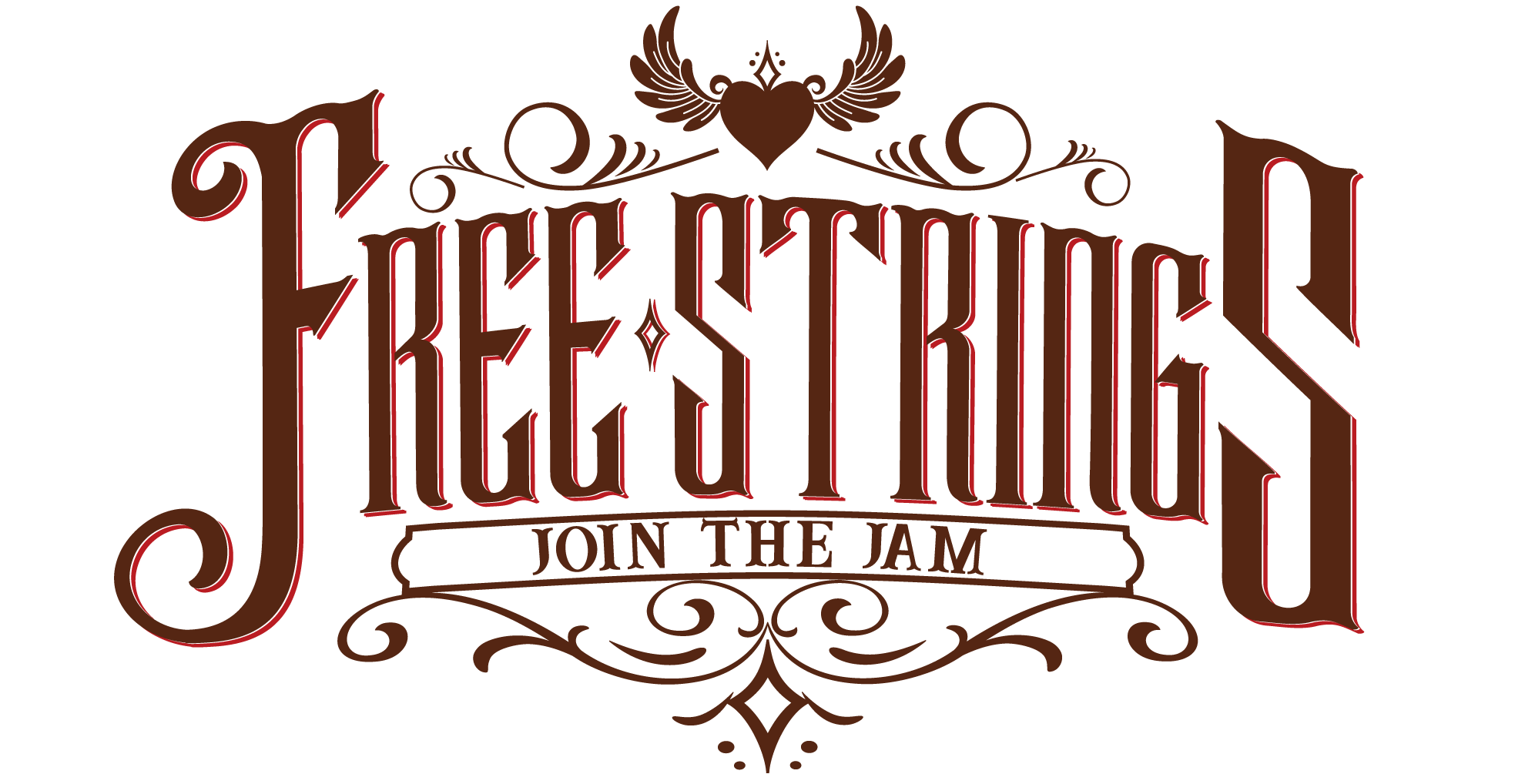Free the Strings!

As a string teacher, I often reflect on the joy my fellow string players experience at bluegrass jams, folk festivals, and rock concerts. These are all genres based on instruments that include strings that are widely popular. I often wonder why my orchestra programs are struggling when the most popular musical genres are primarily played on stringed instruments. This is especially tricky when my colleagues teaching show choir and marching band programs sustain huge numbers of kids, dollars, and public recognition in their programs.
Perhaps this is because very few people are as invested in the continuation of notation based and classical approach to making music in our public school orchestra programs. It is possible that sticking to this outdated system has affected our recruitment, retention, and progression of the art of playing stringed instruments? I wonder why we are so slow to change our way of thinking? Perhaps it has something to do with the fact that orchestra teachers are often coming directly from a wellspring of post-secondary experiences that are seemingly isolated to classical notions and stuck in their ways.
Many studies have indicated that orchestra teachers see the tangible benefits of improvisation and by playing by ear. Orchestra teachers actually desire to provide this skill in their classrooms. The reason that we often cite for not teaching this: We weren’t taught how to do it.
Not only are orchestra directors missing out on a lot of fun, we really should be providing our students with skills that lead somewhere realistic and tangible in the job market. As many of our music classes have been cut across the country, we have cried foul on all of the outside forces. Could it be we should be looking at our own beliefs and curriculum? Even though our students have loved our classes, perhaps they didn’t learn the life skills to accompany their music making beyond school? What if they couldn’t get or keep jobs in the music industry because they didn’t know how to create their own music or survive in situations that were not the large ensembles we offer in public schools?
What if we didn’t teach them what they needed to know?
Where does one begin teaching concepts that truly enhance our students’ lives?
My theory is that it has to do with three fundamental concepts:
- Music is social. We need to make music programming highly social and encourage students to work in teams to establish abstract goals.
- Music is creative. The fine arts are still a part of most public school programming because they represent acts of creativity and an opportunity to work as a team.
- Most of the music industry is based on chord reading and improvising. We should teach these skills to spread them to both new teachers entering the field and to existing teachers who may not have these skills in their background.
My solution, as a long time educator and performer, is to figure out the string equivalent of show choir and marching band which is socially rewarding groups. Like so many musicians who saw the classical job market collapse before the ink was dry on our conservatory diplomas, I adapted by learning to play by ear and to love improvising. I played fiddle tunes with enthusiasm and went to bluegrass jams, played in rock bands, and entertained in nursing homes. This in addition to a whole host of low impact performances throughout my community in a large variety of genres. Most of which were transmitted by ear or via lead sheet. We can do this in our public school programs! I challenge you to try! Here’s a super easy and basic way to start out…



Classroom Exercise: Call-and-Response Rhythms
For two or more players, preferably a Leader and a large group.
The leader either claps or plays a one measure rhythm (e.g., in 4/4 or 6/8), which is immediately played back as exactly as possible by the group (or partner). The tempo and complexity of the rhythm may be gradually increased as the group meets the rhythmic challenges of the call.
Reflection questions for students:
1) Try to notate the rhythm (s) as a class. If you cannot notate it, describe it.
2) What qualities make a rhythm easy to remember and playback successfully?
Extension
Employ a specific bowing to this exercise and try it with the same rhythm. Pizzicato, spiccato, staccato are all great ways to start this exercise that can help all levels of players learn different bowings and their uses.
Summary
It is high time to develop the orchestral version of show choir and marching band, a new kind of ensemble that will inspire social connections, invite our students to develop their innate creativity and develop their own musical voice. I call this movement “Free Strings” and invite your feedback and personal experiences. Total world domination through vibrating wooden boxes!

